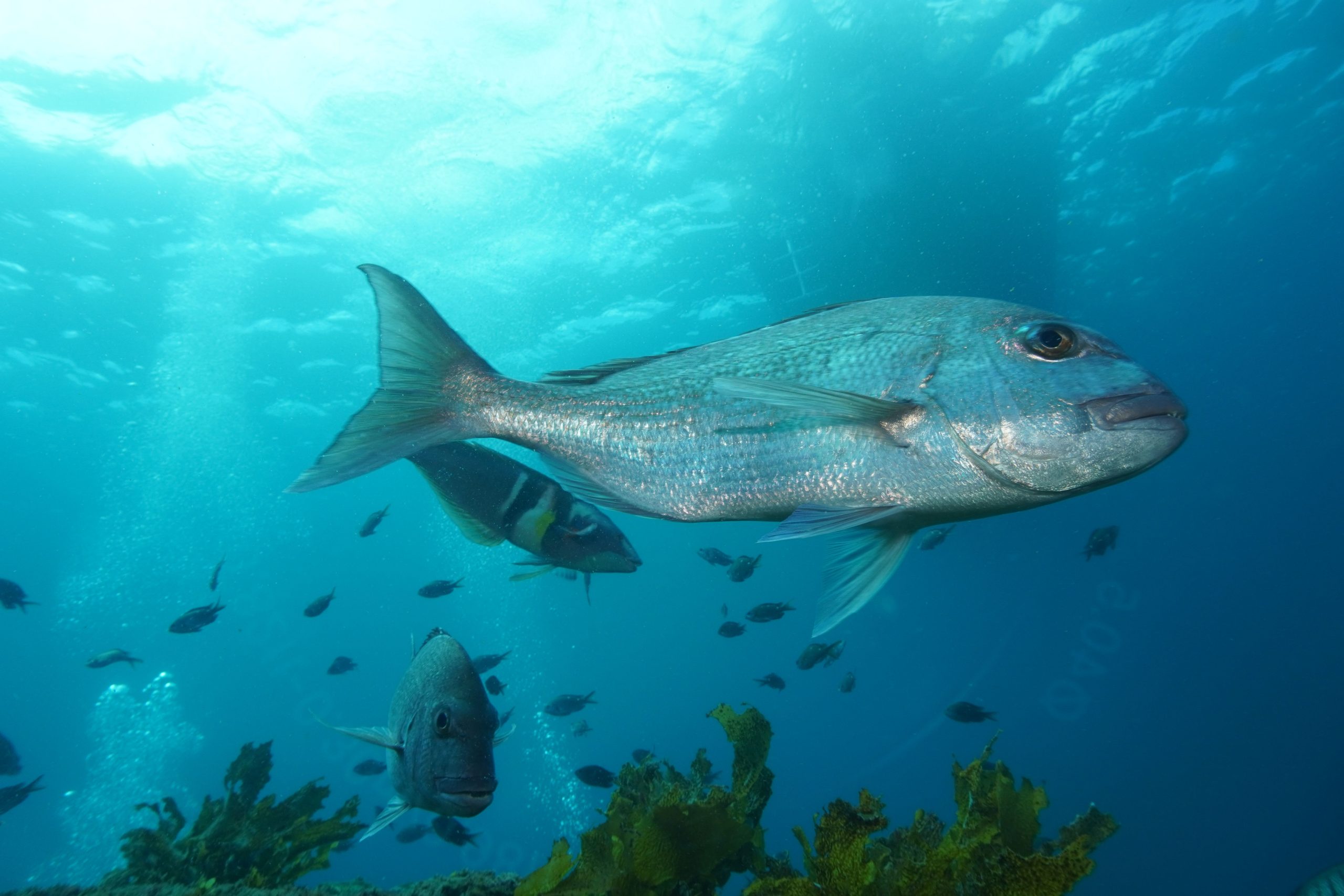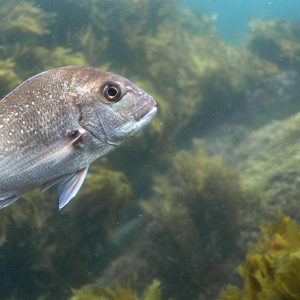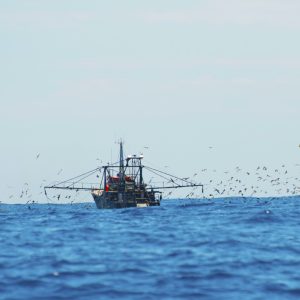An increase in the commercial catch limit for west coast snapper could put Māui dolphin, seabirds and other fish species at risk, for very little gain.
“The 640 tonne increase to the total allowable commercial catch comes with an unwanted side effect of increased trawling effort. For years we’ve been advocating for more longlining and less trawling because longlining is a more efficient method for catching the fish you want while causing less damage to the seabed,” said Stephen Harper, Vice President of Counties Sport Fishing Club.
Snapper populations on the west coast of the North Island (SNA 8) are showing promising signs of recovery after 30 years of depletion. Today the Minister for Oceans and Fisheries, Shane Jones used this to justify his decision to significantly increase the total allowable commercial catch (TACC) limit for snapper in the SNA 8 area.
“Just because the snapper numbers have increased doesn’t give the Minister a reason to risk fishing them back down so quickly. We want our children to grow up with a fishery that is healthy and that means protecting the seabed so it can sustain all west coast fish stocks,” added Stephen Harper.
LegaSea and the New Zealand Sport Fishing Council did not support any of Fisheries New Zealand’s proposed increases to the SNA 8 TACC due to concerns a large increase would inevitably mean more bycatch of other species such as trevally, gurnard, John dory and tarakihi.
“The Minister’s decision sends a clear message – if there’s more snapper on the west coast they should be commercially harvested. We don’t know much about the stock status of other species such as gurnard and trevally, but allowing indiscriminate fishing to continue is a concern. Fisheries New Zealand have made it clear that these other species do not take priority over exporting more snapper across the ditch to Australia,” says Sam Woolford, Project Lead of LegaSea.
Fisheries New Zealand did not provide the Minister sufficient advice on the impacts that increasing the TACC will have on the abundance of other species. Due to this lack of information, recreational interests urged the Minister in July to approve a modest catch increase and then assess the snapper stock in three years’ time.
“In 2021 David Parker made a brave decision to only increase the west coast snapper limit for commercial fishing by 300 tonnes and review it in three years. That decision has contributed to a healthier fishery today. Our local fishers are disappointed that the current Minister has not acted in the long-term interests of our kids or the environment,” added Sam Woolford.
Māui dolphin populations could also bear the consequences from the Minister’s decision. The endangered dolphins have recently been sighted outside of the trawl exclusion zone along the west coast of the North Island where trawlers are permitted to fish.
The Fisheries Act requires the Minister to take into account any past, present or future effects of fishing on any fish stock and the marine environment. While the use of destructive bulk harvesting methods is still permitted under the Quota Management System, broader consideration needs to be given to all the sea life that will be affected now that the catch limit for snapper has increased.
The SNA 8 fisheries management area extends from North Cape down the west coast to Porirua, Wellington. It is the second largest snapper fishery in the country.





